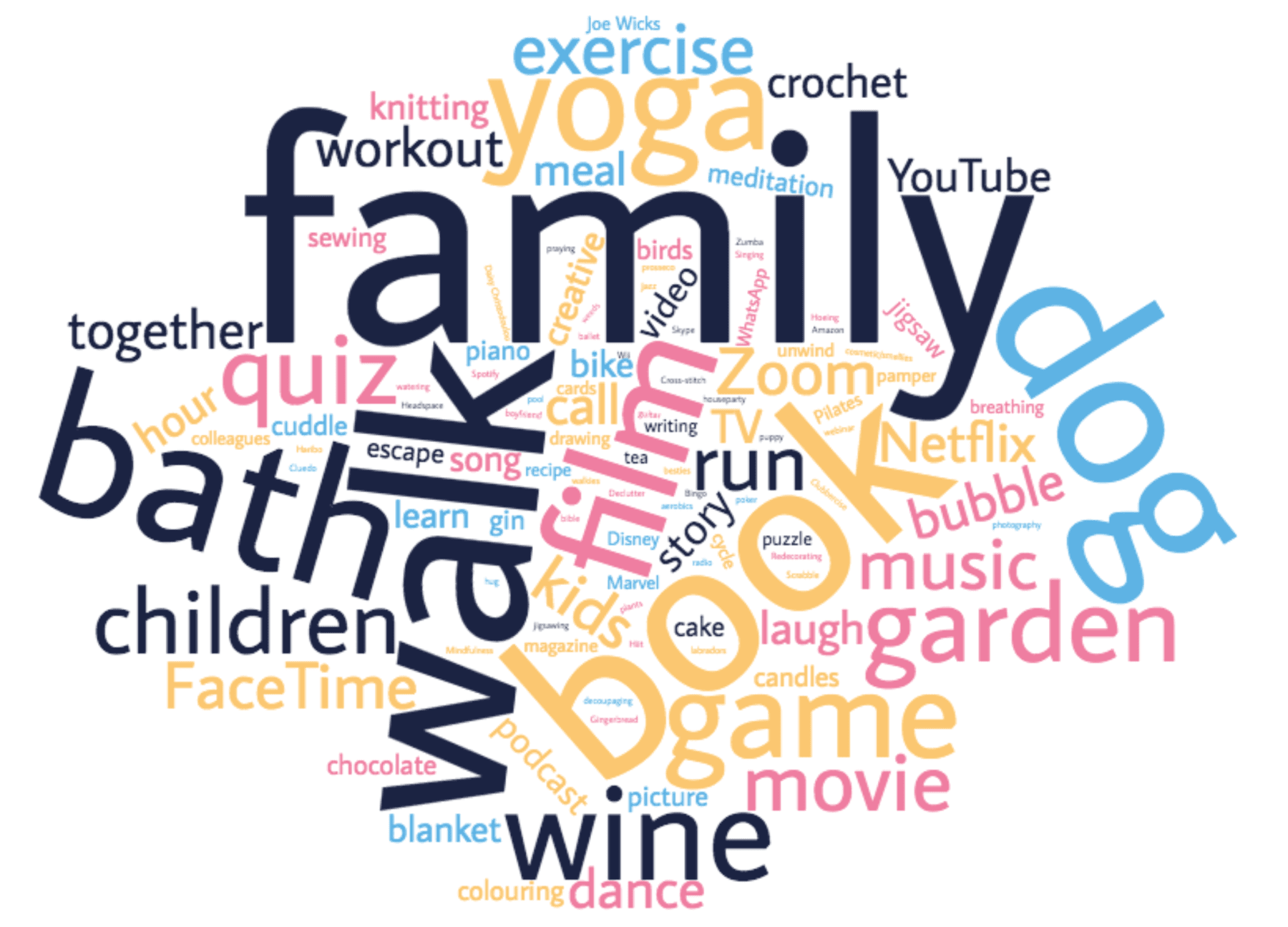Teaching in a lockdown

Three months down the road from when the novel Coronavirus first emerged, one of the biggest impacts on society, apart from public health, has been on education. The kickstarting of digital pedagogy on such a scale has never been possible before.
The Chinese Government’s decision to offer virtual classes on a national scale was the single most important decision that set the ball rolling. Previously, schools were often shut and terms extended or holidays reduced to make up the difference. By almost dictating that the school day run as normal, virtually, they single-handedly pushed a lot of schools into the digital age. By enforcing lockdown, they removed the option of choice and travel which meant most schools ended participating in virtual learning.
This crisis truly highlights the massive power which resides within our school leaders. When they are truly behind an initiative the results are always spectacular. Which also makes me wonder why some school leaders were hesitant in using virtual learning before the crisis. I can never understand why certain schools spend such huge amounts on tech infrastructure, training and still not have much to show for it. I chalk this one, in those schools, to personal disinterest in tech-based pedagogy. If you lead by example, others follow.
The ed-tech world at large, coming together to offer free solutions and training has helped a lot of colleagues take their first step into true virtual learning. From Microsoft Teams to Google Hangouts to Century to Mangahigh to Book Creator, everyone is on board to support the learning. Of course, there is always an underlying business strategy but this makes me wonder, what if post this crisis, they continue to offer their services for free? How will that help the continuation of the progress made?
One can’t underline the importance of teachers in this process. They have been on the frontline and a lot of them struggled, often silently. Of course, we forgot to add the virtual staff room or the proverbial water cooler. They upped their game and learnt some solid skills. On Twitter, the buzz has been super positive. They identified where tech worked for them and where it didn’t. They curated learning experiences which worked for their students and these will shape the conversation on the development of education technology for years to come.
Finally, the parents, the unsung heroes, who had to look after kids at home or make arrangements. They became students themselves at times. Ensuring a child is occupied full time is a job in its own right, ensuring their education and managing your day to day, is a challenge indeed. Getting to set up a positive learning environment at home can be a challenge especially if you have dogs, cats, siblings, the odd inappropriate picture/statue in the background which can easily disrupt a virtual lesson. Not easy being a virtual teacher’s assistant. Kudos to you all.
The ed-tech world at large, coming together to offer free solutions and training has helped a lot of colleagues take their first step into true virtual learning.
Thanks to the above teaching and learning has progressed into the virtual world but what have we learnt so far over the last three months?
Well, where it worked really well, clear structures were formed using some of the following:
- Well planned teacher demonstrations
- Questions via chat or in set time periods/opportunities for student collaboration
- Activities pre-set and planned with work expected to be handed in
- Rules for discussions and group working/collaboration agreed and shared
- Critical thinking tasks
- Shorter bite-sized lessons (25-30 mins) or divide a longer lesson into smaller chunks
- Practice makes perfect
- Check your bandwidth – don’t go HD video – alter plans to support learning, not the optics
- Establishing a set of useful resources e.g. FlipGrid, Seesaw, Kahoot, Teams, Zoom, Firefly etc.
- Balance of online and offline activities
Where it didn’t work:
- Teachers who just tried to follow their normal lesson plan
- No requirement to participate
- No teacher/student eye-contact
- Too many distractions in the home learning environment
- Hour-long lessons
- Discipline issues aren’t managed
Key problems encountered:
- Technical issues e.g. slow internet, poor audio/visual equipment
- Training issues
- Students walking away from their devices in the lesson
- Difficult to efficiently check understanding and force accountability on so many students
- Getting parents to take over the role of a teaching assistantAn adult that assists a teacher in the classroom
With any digital learning experience there are always aspects of e-safety to consider so make sure that you are:
- Using official school-sanctioned channels for communication to protect yourself and students
- Reiterating positive behaviours for digital learning and are aware of your school’s e-safety and discipline policies
- Not video recording students especially if they are under 13
- Aware of data protection regulations in relation to videos, especially if they are stored on external servers
- Communicating clearly to parents what expectations are from them whilst online sessions are taking place.
Research studies have shown that positive parent engagement contributes to a successful online learning experience for children so identify how you can support the online learning process. Support them by offering advice and guidance relevant to your context.
Tips for parents to support their children:
- Setup an environment free from distractions – working space, headphones/mic, no TV etc
- Establish a routine in the morning
- Encourage them to not eat/go to the toilet etc. in the middle of a virtual lesson
- Encourage them to be an active learner, participate and ask questions
- Observe their behaviour online and praise and support them as needed
- Regularly liaise with your child and the class teacher to address issues that might be cropping up as a result of using online learning. Seek clarification where possible.
Hopefully, some of the above will give you an insight into some of the initial learning from the global online learning experience so far and you might be able to plan effective digital experiences both as a teacher and as a parent.










